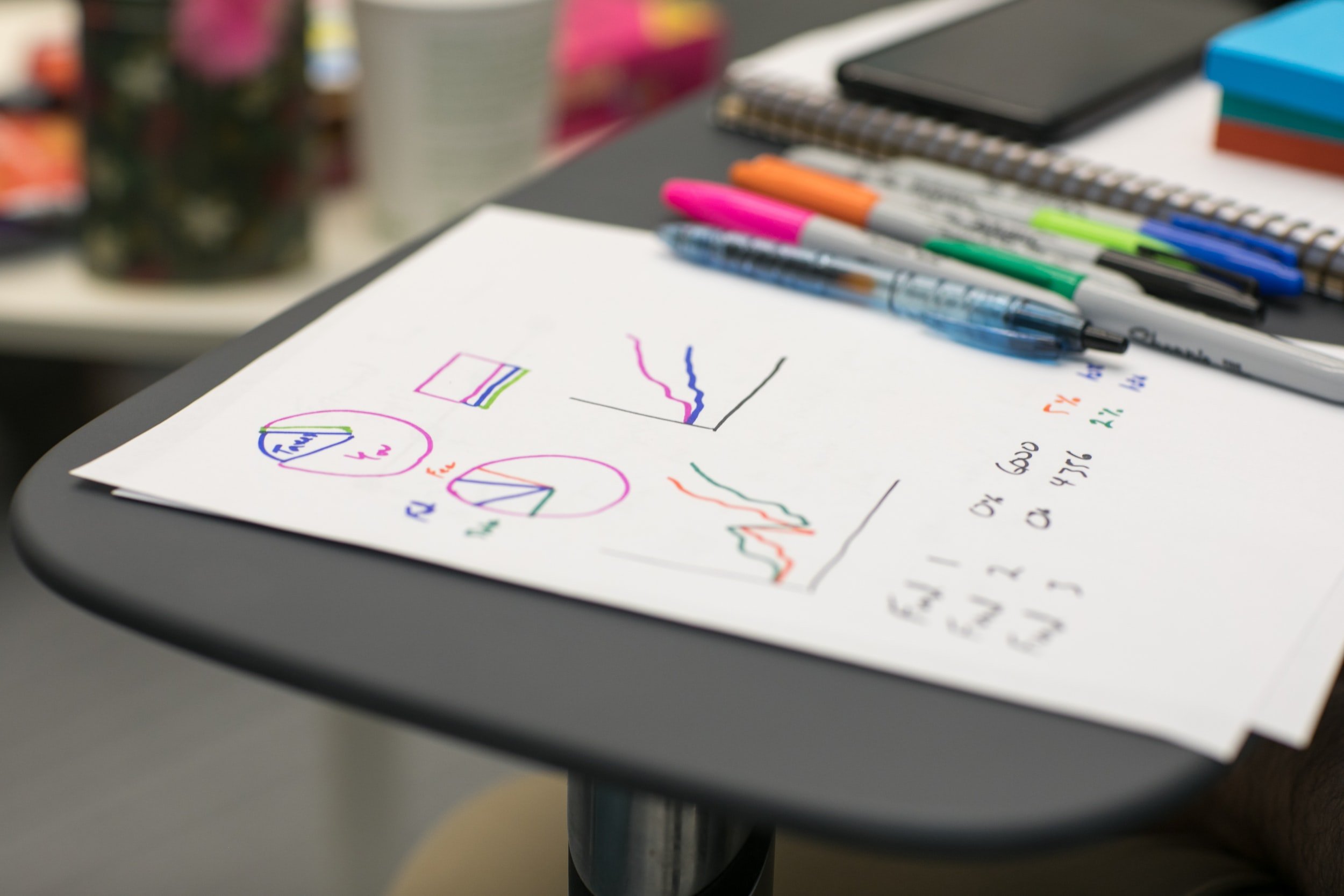Writing in Autoethnography
by Beth Stover, M.S. with Maria Lahman, Ph.D.
Beth Stover worked in student assessment for five years before entering the Applied Statistics and Research Methods Ph.D. doctoral program at the University of Northern Colorado. During that time, she assisted adult learners as they entered higher education and fulfilled their potential. In what follows Beth reviews the reflexive use of theory to create autoethnography.
Mentor in Residence Maria Lahman invited Beth to recreate her autoethnographic work as a blog for Sage Research Methods Community. Dr. Lahman was struck by how deeply reflexive Beth’s process was and felt it would be valuable to other writers. In her textbook on writing (Lahman, 2022) Dr. Lahman reviews her personal process for writing autoethnography drawing on Ellis’ (1999) work with emotional recall and briefly reflect on how it might work for someone who starts with an image.
Dr. Lahman is the author of Writing and Representing Qualitative Research, and the relevant text, Ethics in Social Science Research: Becoming Culturally Responsive. Use the code SAGE30 for a discount when you order the books from SAGE.
Prompting Autoethnographic Writing Using the Ten Phases of Transformative Learning
During the time of conducting my first autoethnographic research, I, Beth discovered that writing a methodological paper was unfamiliar to me which consequently triggered an experiential process. Thereafter, the progression of autoethnographic writing evolved into a transformative learning because I underwent three core stages that summarize this type of learning experience (i.e., crisis, reflection, action) (Calleja, 2014; Kitchenham, 2008). Using the theoretical framework as writing prompts, I applied the ten phases of transformative learning theory to elicit content used for my own autoethnography. Below, the ten phases are explained along with their retelling as autoethnographic prompts. This presents methodological considerations for researchers embarking on autoethnography and invokes membership in the culture of adult transformative learning.
1. Disorienting Dilemma
The experience that rattles our current perspective, the uncomfortable recognition that your current experience doesn’t match your past knowledge, leaving you to resolve the conflict.
Consider an experience that changed your perspective. One that called into question your past knowledge and required you to resolve that conflict.
2. Self-Examination
This phase provides space to question your beliefs and how they map onto the disorienting dilemma.
Since encountering your disorienting dilemma, what prior beliefs of yours have you brought into question?
3. Critical Assessment
In this phase, we begin evaluating and validating our past assumptions and knowledge. By critically reviewing them and doing our best to remove any biased perspective, we should spot those which are unfounded.
Can you recall the formation of your past beliefs that are now being changed by your lived experience? From whom or where do they originate from?
4. Recognition of Shared Experiences
Displeasure is important to the process of transformation. During this phase we recognize that the experience is shared by others. We are not the only ones to struggle through this change. If others can transform so can we.
Do you know of anyone that has gone through a similar experience as the one you have? What course of action did they take and what was their outcome?
5. Exploring Options for New Behavior
During this phase we consider what new roles, relationships, and actions are compatible with our new ideas and understanding.
Reliving the moment of your disorienting dilemma, what do you recall transpiring? Did you make changes to your life such as changing relationships or roles that you were in?
6. Planning a Course of Action
With an understanding of what we had wrong and what a better understanding makes possible, now we use this phase to plot a course forward by forming a strategy for how to engage with our new perspectives.
Has the disorienting dilemma you experienced moved you to action? What course of action have you since embarked on as a result of your disorienting dilemma?
7. Acquisition of Knowledge
This phase is a time to start implementing the plan and acquiring the skills and knowledge necessary for our transformation.
What resources did you utilize during your transformative learning experience? Did you try something new, read deeply, research the experience, attend a seminar?
8. Trying New Roles
At this stage we put our new understanding to the test by provisionally acting on them. Doing this allows us to take advantage of experiential learning by getting hands-on and active.
Did your transformative learning experience drive you to action? If so, how?
9. Building Confidence
We should begin building greater self-awareness and confidence as we try new roles, gain new experiences, and make our own decisions.
How did newly acquired knowledge and experiences build confidence in your learning?
10. Reintegration
During the last phase, we acclimate to our new self and emerge back into our lives with our fresh perspectives.
Recall the experience of being through the learning process, transformed, and ready to share your knowledge and insights with others.
References
Calleja, C. (2014). Jack Mezirow's conceptualisation of adult transformative learning: A review.
Journal of Adult and Continuing Education, 20(1), 117-136. https://doi.org/10.7227/JACE.20.1.8
Ellis, C. (1999). Heartful autoethnography. Qualitative Health Research, 9(5), 669-683.
Kitchenham, A. (2008). The evolution of Jack Mezirow's transformative learning theory. Journal
of Transformative Education, 6(2), 104-123. https://doi.org/10.1177/1541344608322678
Lahman, M.K.E. (2022). Writing and Representing Qualitative Research. Sage.












Don’t get caught by predatory publishers!